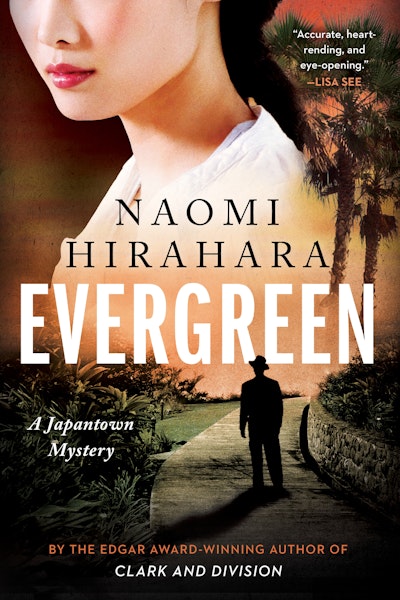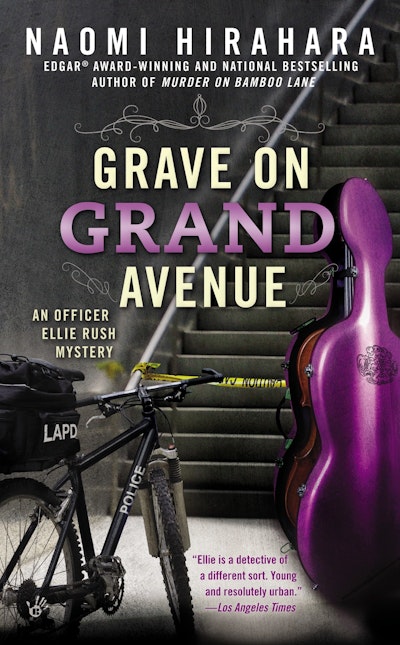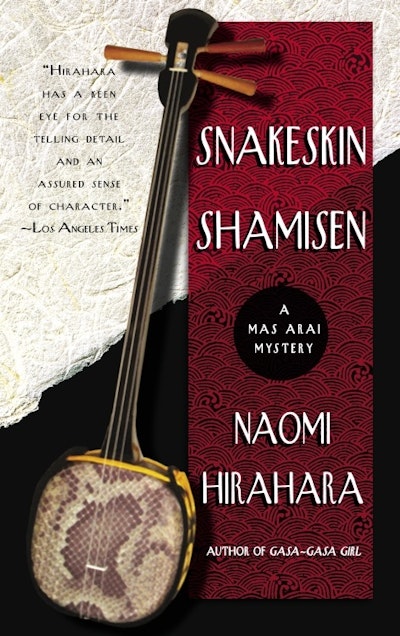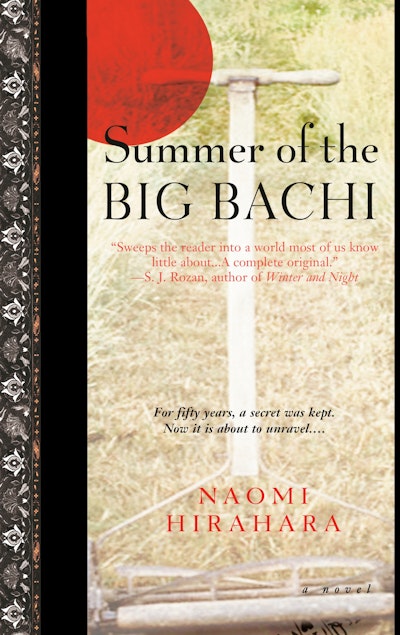“Just as only James Ellroy could have written the Los Angeles Quartet and only Walter Mosley could have crafted Black Angelenos’ experiences into the Easy Rawlins mysteries, crime novelist and research maven Naomi Hirahara was destined to write Clark and Division . . . The beginning of a saga not unlike Jacqueline Winspear’s Maisie Dobbs mysteries.”
—Paula Woods, Los Angeles Times
Set in 1944 Chicago, this story of a young woman searching for the truth about her revered older sister's death brings to focus the struggles of one Japanese American family released from mass incarceration at Manzanar during World War II.
A New York Times Best Mystery Novel of 2021
Set in 1944 Chicago, Edgar Award-winner Naomi Hirahara’s eye-opening and poignant new mystery, the story of a young woman searching for the truth about her revered older sister's death, brings to focus the struggles of one Japanese American family released from mass incarceration at Manzanar during World War II.
Chicago, 1944: Twenty-year-old Aki Ito and her parents have just been released from Manzanar, where they have been detained by the US government since the aftermath of Pearl Harbor, together with thousands of other Japanese Americans. The life in California the Itos were forced to leave behind is gone; instead, they are being resettled two thousand miles away in Chicago, where Aki’s older sister, Rose, was sent months earlier and moved to the new Japanese American neighborhood near Clark and Division streets. But on the eve of the Ito family’s reunion, Rose is killed by a subway train.
Aki, who worshipped her sister, is stunned. Officials are ruling Rose’s death a suicide. Aki cannot believe her perfect, polished, and optimistic sister would end her life. Her instinct tells her there is much more to the story, and she knows she is the only person who could ever learn the truth.
Inspired by historical events, Clark and Division infuses an atmospheric and heartbreakingly real crime with rich period details and delicately wrought personal stories Naomi Hirahara has gleaned from thirty years of research and archival work in Japanese American history.









